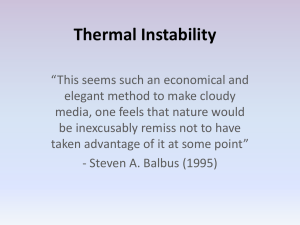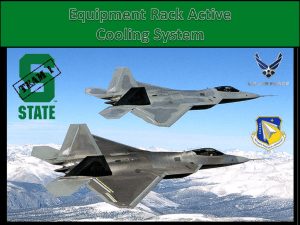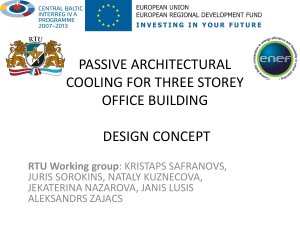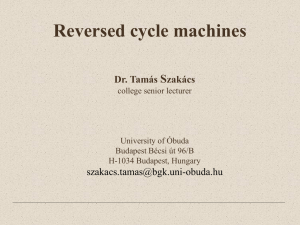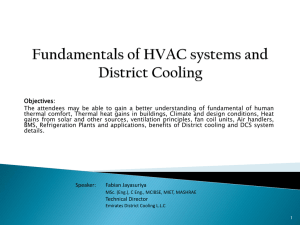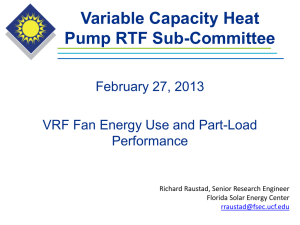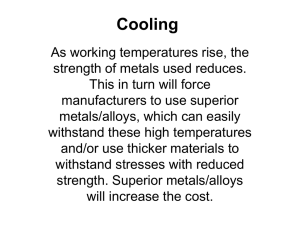14:00 Carrigan A
advertisement
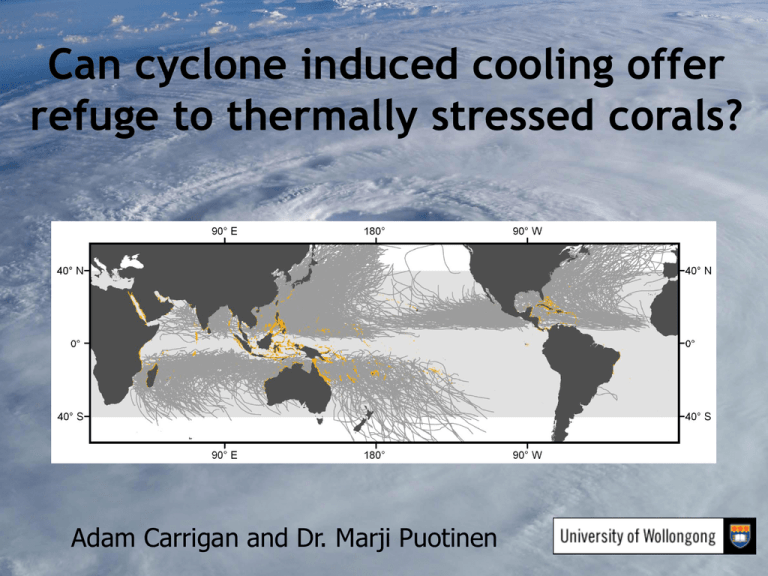
Can cyclone induced cooling offer refuge to thermally stressed corals? Adam Carrigan and Dr. Marji Puotinen Dislodgement Sediment transport TCs are widely known to damage reefs but… Flood plumes Breakage …they can also help reefs • Tropical cyclones reduce upper ocean temperature • Anomalies extend 100s of km beyond TC wave damage zone and can persist for weeks • TC cooling prevented severe bleaching in some areas during 2005 bleaching event (Manzello et al. 2007) Talk outline 1. GBR case study of severe TCs – methodology 2. Caribbean case study of TCs and thermal stress 3. Global TC cooling near reefs Mechanisms of Cyclone Cooling Three main processes: vertical mixing, advection and air-sea heat exchange Vertical mixing - dominant mechanism (accounts for ~80% of cooling, but can vary) Image from Heron et al. 2007 Horizontal Advection - modulates spatial pattern of wake, becomes more dominant away from TC track Evaporation - dominates air-sea heat exchange (clouds and precipitation play negligible role) GBR Case Study Max wind speed (m/s) 80 60 40 20 0 Mean gale radius (km) 320 240 160 80 0 1985 Mean translation speed 2011 Intensity and size of all GBR TCs (n=46) Defining the cooling zone MAX 1. 2. 2 week post-TC SST – 2 week pre-TC SST (sustained drop) Spatial extent confined to radius of gale force winds Data: 28-km Daily OI SST; IBTRACS TC database Cooling in shallow waters – GBR example Comparing two active seasons in the Caribbean Pre-August Tropical cyclones Weak Strong Post-August Weak Strong Coral reef Timing and distribution of TCs differed. Thermal stress high in both. 2005 TC cooling Thermal stress High thermal stress = low TC cooling. 2010 High TC cooling = low thermal stress. Without TCs, would thermal stress have extended further? Changes in thermal stress with and without TC cooling… 2005 Mean hotspots No TC cooling TC cooling 1+ deg = Short term stress Mean DHW No TC cooling TC cooling 1+ deg = Long term stress Stress higher at reef pixels with no TC cooling – solid line above dotted line 2010 Coincidence of thermal stress (DHW ≥ 3) and TC cooling (event ≥ 1ºC) at reefs Probability of cooling in reef areas Based on 25-year historical cooling at each 28-km reef cell Figure 4. Poisson probability that a cooling event of at least 0.5°C (A) and 1°C (B) will both occur in a given year at a 28 km reef cell in the Indo-Pacific based on a 25 year history (1985-2009) of tropical cyclone cooling Summary Increased frequency of thermal stress events will likely lead to more interactions in the future – but this will be dependent upon regional TC variability TC cooling shows potential to provide periodic refuge from warm SST but future work is required to: - Increase spatial resolution (e.g. to 4 km AVHRR SST) Account for regular processes of SST variability Further compare cooling with thermal stress metrics Integrate cooling into TC damage modeling (‘net effect’) Acknowledgements

